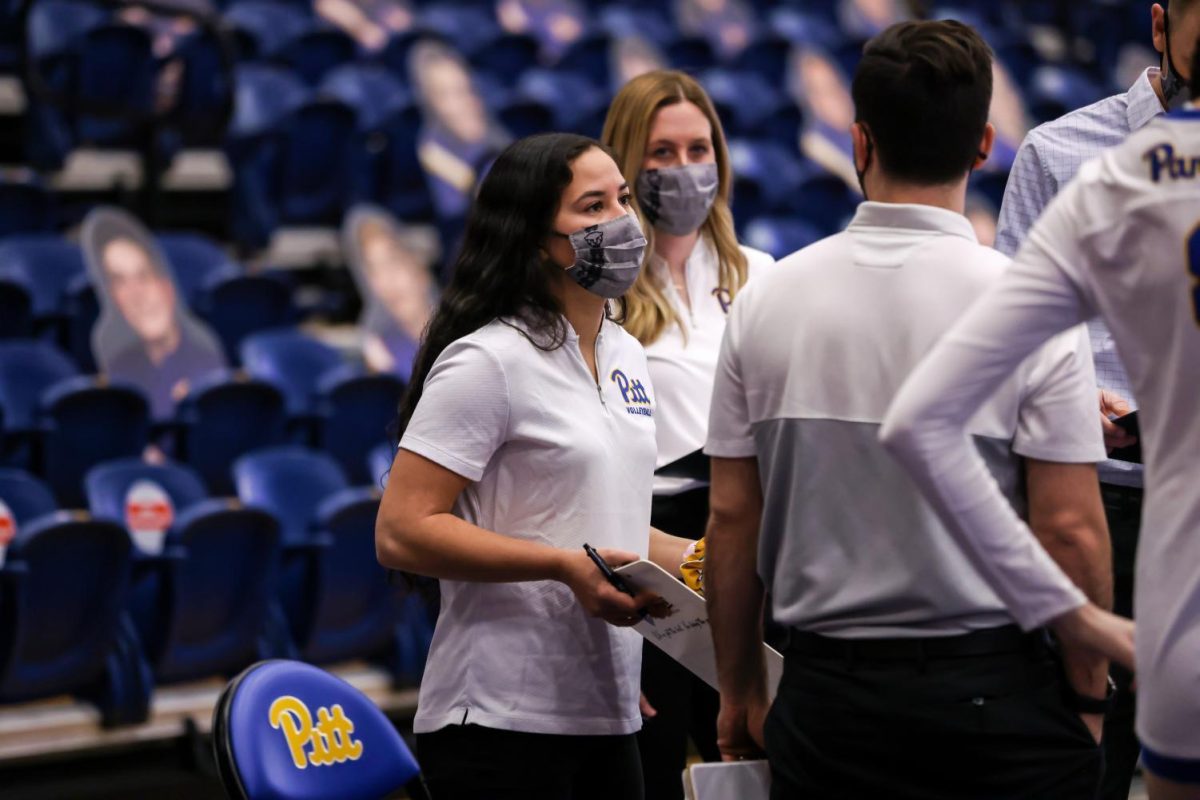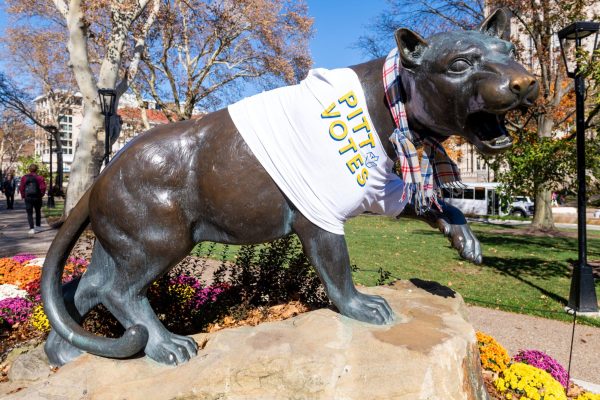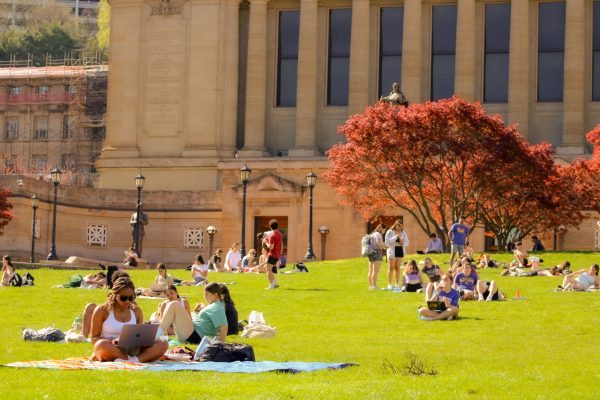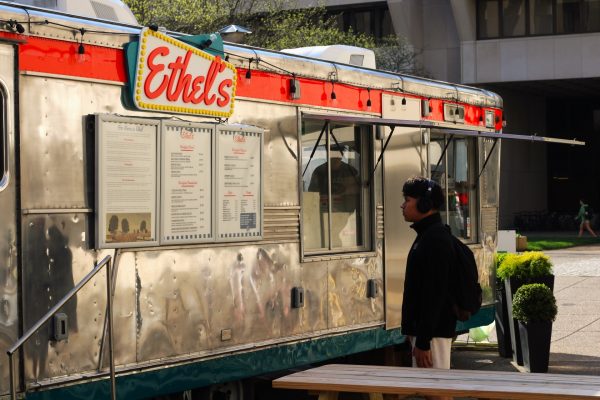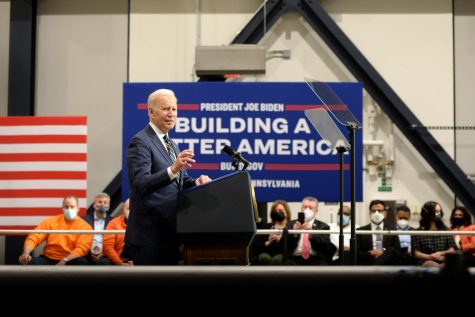Fighting nostalgia: Experience East Asian cultures in Pittsburgh
May 28, 2015
On my first day in Pittsburgh, I found myself struggling with two 28-inch suitcases in the summer heat and a sick stomach unadapted to Western meals only including salad and bread.
Seeking reprieve, I dashed into Tong’s Cuisine on Semple Street to find comfort in sitting down and slurping up a bowl of hot wonton soup.
When I first came to the U.S., I was fearful that I’d need to say goodbye to East Asian culture altogether. After two years studying and living in Pittsburgh, though, I can now say that there is a range of opportunities to experience other cultures and their foods in this diverse city — particularly concerning East Asia.
If you are an East Asian student suffering from homesickness, you can experience a slice of home in some of the Asian restaurants, markets and clubs around campus. If you are an enthusiast of East Asian culture, you also have a chance to get in your zone.
I, personally, found solace in the pockets of Asian culture strewn throughout Pittsburgh.
At Tong’s Cuisine, after a 14-hour flight, the shop owner asked me where I was from. Zhejiang, I said. When I ordered the wonton soup, she asked me how people make it in my hometown and proceeded to make it the same way. Thanks to her, I had my first meal with a hometown flavor in a place far from home.
Later, she told me that they personally enjoy cooking in Cantonese and Szechuan styles, but they don’t set specific styles for their dishes. Instead, they mainly try to cater to the taste of their customers.
So, if you go to Tong’s, don’t feel surprised if the food is actually Americanized Chinese food, which is normal in many Chinese restaurants in this country. Feel free to speak out about the style you want, though, as they will often cater to your preference.
As you walk along Forbes Avenue, you’ll see Golden Palace Buffet. There, you can sample a buffet with miscellaneous choices of Chinese food, such as stir-fried vegetables, spicy chicken and General Tso’s Tofu, all for just about $7. This is much cheaper than a meal in Market Central, which cost between $9 to $13 per meal. In addition to the buffet, Golden Palace also offers Cantonese food.
On Atwood Street you’ll find Hunan Bar, which serves awesome Szechuan and Hunan cuisine — perfect for people who enjoy spicy flavors. At Hunan Bar, you can order Szechuan specials like Chongqing diced chicken with chili peppercorn and braised fish fillets with Szechuan chili sauce.
There are also Hunan specials at Hunan Bar, such as steamed whole fish with chopped chillies and Chairman Mao’s red braised pork belly. You can also order hot pot, an East Asian variety of stew. Hunan Bar, along with Tong’s Cuisine and Golden Palace Buffet, are suitable options for meeting up with friends and ordering traditional East Asian meals.
There’s also a hub of East Asian restaurants at the top of the hill on Oakland Avenue, including Oishii Bento, Szechuan Express, Fuku Sushi and Sushi Boat. These restaurants are good places for having a quick, delicious meal on weekdays.
Oishii Bento mainly serves Korean food, such as bulgogi bento and spicy pork bento, combined with some Japanese-style food, like ton-katsu bento, chicken katsu bento and sushi.
Szechuan Express serves various options for Chinese dishes in single-sized portions. Sushi Boat mainly serves Japanese sushi and some Chinese food, such as wonton soup and minced pork rice.
Fuku Sushi specializes in serving all kinds of sushi rolls, such as California rolls and golden dragon rolls. You can also order specific rolls by selecting the type of rice, what goes inside and the sauce on top.
If you live off-campus and want to make Asian food by yourself, there are two food markets you need to check out — Seoul Mart and Lotus Food Co. Seoul Mart is a grocery store on the corner of North Neville Street and Fifth Avenue, mainly serving Korean food ingredients. There, you can find special ingredients such as kimchi and miso paste. It’s a good place to shop for all other ingredients as well, including rice, ramen noodles and Korean-style dumplings.
It takes about 30 minutes by bus to travel to Lotus Food Co. in the Strip District from Oakland and less than 10 minutes by car to get there from campus. You’ll feel like you are in a market in China while listening to Chinese songs inside the shop and walking among shelves of traditional Chinese ingredients.
In addition to food, students can participate in East Asian clubs on campus to meet Asian friends or students who are also interested in the same cultures. These clubs include the Japanese Culture Association (JCA), the Korean Students Association (KSA), the Chinese American Student Association (CASA), the Chinese Students and Scholars Association (CSSA) and the Taiwanese Scholar Society at Pitt.
These associations offer social events to help others learn about those areas’ cultures, including food, language and etiquette. For example, in KSA’s Traditional Han-Bok Fashion Show, students can learn the culture of Korean national costume. In CSSA, people celebrate Chinese traditional festivals together. Whether you’re an international student who’s suffering from nostalgia or a native student enthusiastic about Asian culture, these clubs are good choices to find your comfort zone.
It’s summer again, and new students are arriving. Sitting at home, finally off- campus, I realized that college life made me grow up — I’ve had to adapt to a culture that wasn’t my own. As an international student from an Eastern Asian cultural background, I’m glad that I chose Pitt. I can still explore the new culture in Pittsburgh that I’m continually immersing myself in, but I can still get a little taste of home here and there when I need it.
I’m sure you’ll find the same.
Shengyu Wang primarily writes about culture and social issues for The Pitt News.
Write to Shengyu at [email protected].


